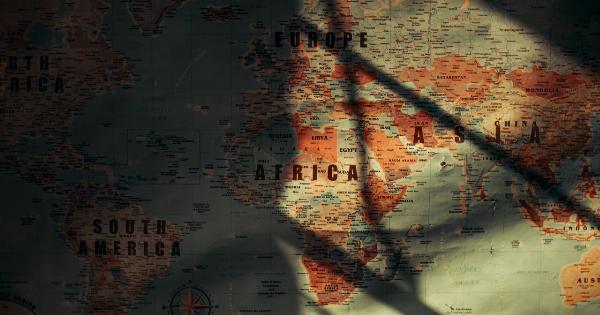Pressure is a common force that we encounter in our daily lives. It can be in the form of atmospheric pressure, water pressure, or even the pressure exerted by our own bodies.
While pressure is necessary for certain activities, it can also be dangerous if not monitored properly. This article will discuss different types of pressure and which one is the most hazardous.
Atmospheric Pressure
Atmospheric pressure is the pressure exerted by the weight of the Earth’s atmosphere on objects below it. It is measured in units called millibars (mb) or inches of mercury (inHg).
Normal atmospheric pressure at sea level is around 1013 mb or 29.92 inHg.
In general, atmospheric pressure is not hazardous to humans. However, changes in atmospheric pressure can affect our bodies. For example, when we travel to high altitudes, the air pressure decreases and this can cause altitude sickness.
Similarly, when we scuba dive, water pressure affects our bodies and this can cause decompression sickness.
Water Pressure
Water pressure is the force exerted by water molecules on an object. It is affected by the depth of the water and the density of the liquid. Water pressure is measured in units of pounds per square inch (psi) or bars.
When it comes to water pressure, the most dangerous form is hydrostatic pressure. This is the pressure that exists inside a confined space filled with water.
For example, when a diver goes deep into the ocean, the pressure inside their diving bell increases with depth. This can cause the diving bell to implode if the pressure gets too high.
Blood Pressure
Blood pressure is the force exerted by blood against the walls of blood vessels. It is measured in two numbers – systolic pressure (top number) and diastolic pressure (bottom number). Normal blood pressure is around 120/80 mmHg.
High blood pressure, or hypertension, is a common condition that can lead to serious health problems such as heart attack, stroke, or kidney disease. Low blood pressure, or hypotension, can cause dizziness, fainting, or shock.
Mechanical Pressure
Mechanical pressure is the force exerted on an object by a mechanical device. One example of mechanical pressure is the force exerted by a hydraulic press.
This type of pressure is measured in units of pounds per square inch (psi) or newtons per square meter (N/m2).
Mechanical pressure can be hazardous if not used properly. For example, if a hydraulic press is not maintained properly, it can malfunction and cause serious injury or even death to the operator.
Radiation Pressure
Radiation pressure is the force exerted on an object by electromagnetic radiation. It is often referred to as light pressure. Radiation pressure is measured in units of newtons per square meter (N/m2).
While radiation pressure is not normally considered hazardous to humans, it can be dangerous in certain situations.
For example, if a person is exposed to high levels of ionizing radiation (such as from a nuclear explosion), it can cause cellular damage and lead to cancer.
Conclusion
While pressure is a force that we encounter in our daily lives, it can also be dangerous if not monitored properly.
In general, the most hazardous form of pressure is hydrostatic pressure (water pressure), which can cause objects to implode if the pressure gets too high. Other forms of pressure, such as atmospheric pressure, blood pressure, mechanical pressure, and radiation pressure, can also be hazardous in certain situations.





























